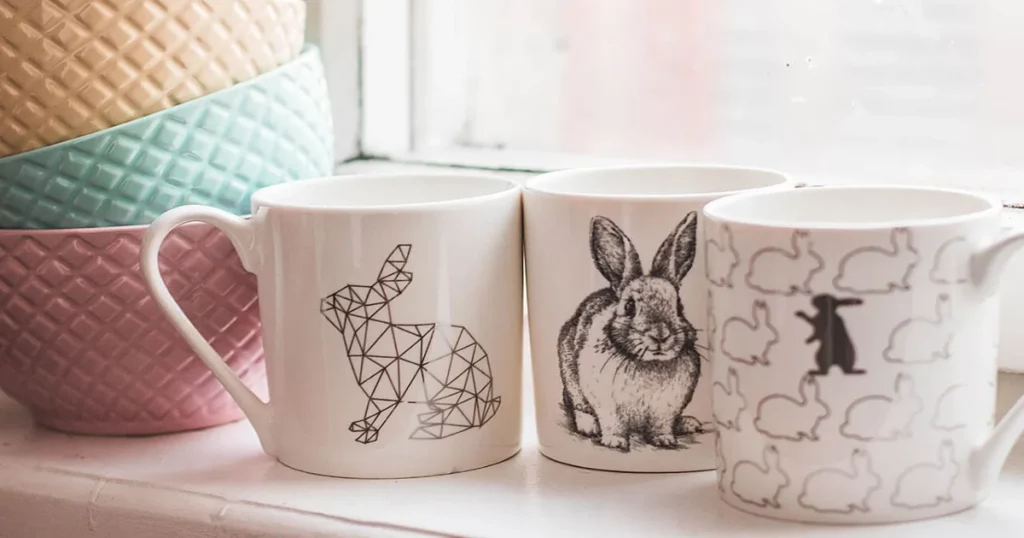No products in the cart.
Blog
How To Design Your Own Custom Mugs: A Comprehensive Guide
Mugs are more than just vessels for holding your favorite beverages; they’re an extension of your personality, a statement piece that reflects your style and preferences. While store-bought mugs offer a wide array of designs, there’s something special about crafting your own custom mug. Whether you’re a DIY enthusiast, an aspiring artist, or someone looking to add a personal touch to your kitchenware, designing your own custom mug can be a rewarding and enjoyable experience.
In this comprehensive guide, we’ll walk you through everything you need to know about designing custom mugs. From choosing the right materials and techniques to unleashing your creativity, we’ll cover it all. So, grab your favorite drink, roll up your sleeves, and let’s dive into the wonderful world of custom mug design.
Understanding Materials and Techniques
Before you start designing your custom mug, it’s essential to familiarize yourself with the materials and techniques available. Here are some of the most common options:
Ceramic Mugs
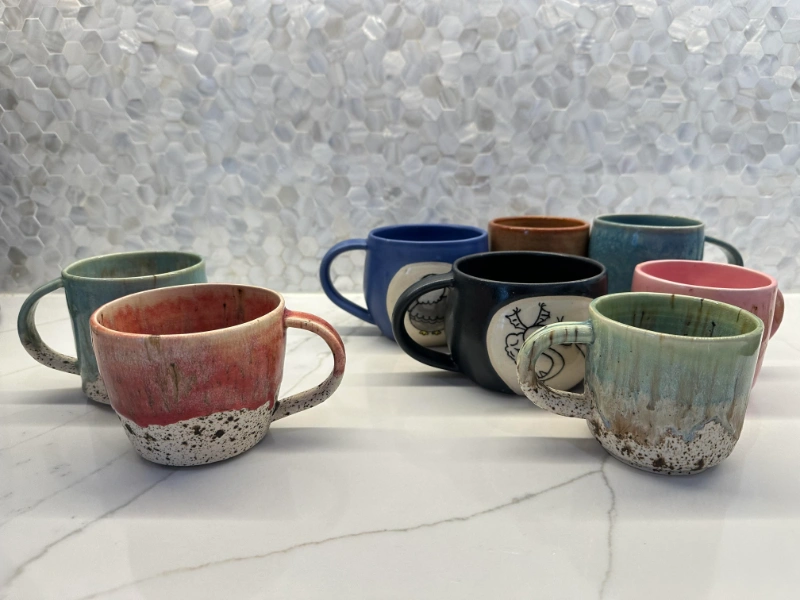
Ceramic is a popular choice for custom mugs due to its durability and versatility. Ceramic mugs can be glazed and fired in a kiln, allowing for vibrant colors and intricate designs. They’re also dishwasher and microwave safe, making them practical for everyday use.
Porcelain Mugs
Porcelain is a type of ceramic known for its delicate appearance and smooth texture. Porcelain mugs are often thinner and more elegant than their ceramic counterparts, making them ideal for special occasions or decorative purposes.
Glass Mugs
Glass mugs offer a sleek and modern look, perfect for showcasing intricate designs or colorful patterns. While glass mugs are not as durable as ceramic or porcelain, they provide a unique visual appeal and are often used for speciality drinks like lattes or cocktails.
Stainless Steel Mugs
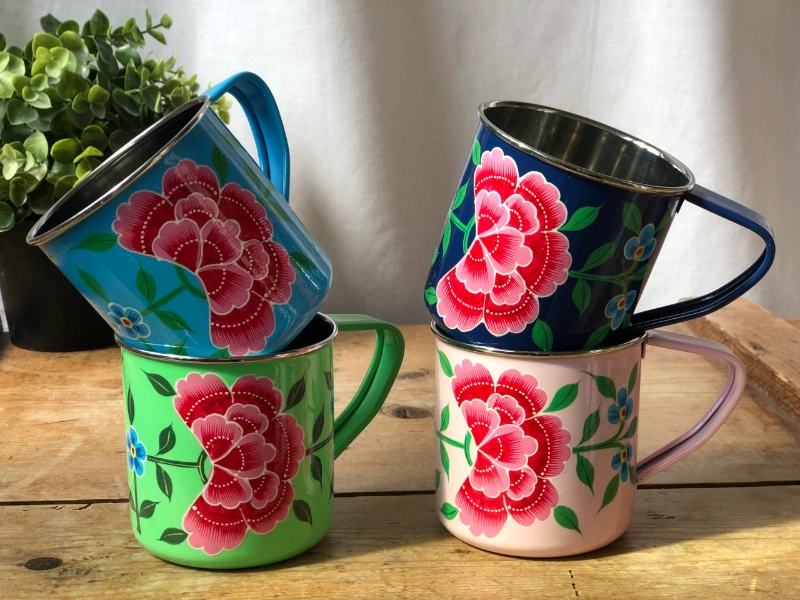
Stainless steel mugs are incredibly durable and resistant to corrosion, making them ideal for outdoor use or travel. While they may not offer the same aesthetic appeal as ceramic or glass mugs, stainless steel mugs are practical and long-lasting.
DIY Kits
If you’re feeling particularly creative, you can purchase DIY mug design kits that come with blank mugs and art supplies like paint, markers, or decals. These kits allow you to unleash your creativity and design a truly one-of-a-kind mug.
Once you’ve chosen the type of mug you want to design, it’s time to select the right technique for bringing your vision to life. Some popular techniques include:
Hand-Painting
Hand-painting allows for maximum creativity and flexibility, as you can use brushes, sponges, or even your fingers to apply paint directly to the mug’s surface. Acrylic paints are a popular choice for hand-painting mugs, as they offer vibrant colors and excellent adhesion to ceramic surfaces.
Decoupage
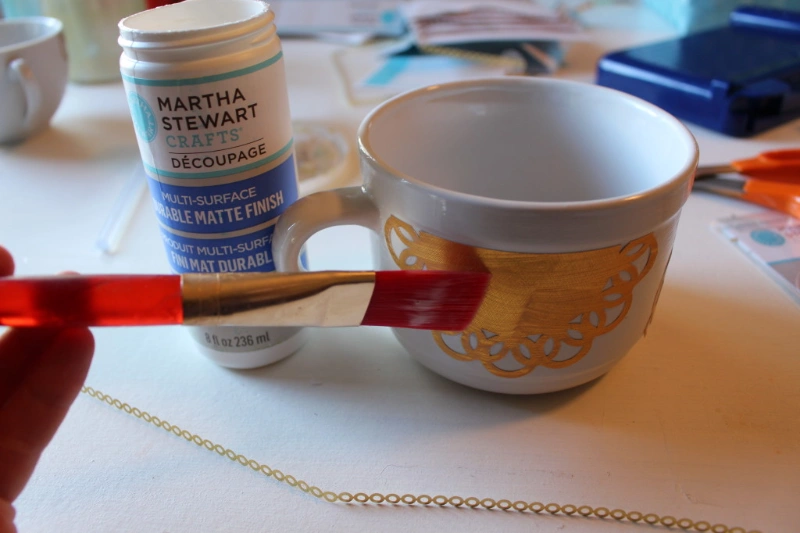
Decoupage involves adhering paper or fabric cutouts to the surface of the mug using a special adhesive or sealant. This technique allows for intricate designs and patterns, and you can use materials like napkins, magazine clippings, or decorative paper to create unique looks.
Stenciling
Stenciling is a simple yet effective way to add designs or patterns to your mug. You can use pre-made stencils or create your own by cutting designs out of stencil film or cardstock. Simply place the stencil on the mug’s surface and use a sponge or brush to apply paint, then carefully remove the stencil to reveal your design.
Heat Transfer
Heat transfer involves printing a design onto special transfer paper using an inkjet printer, then transferring the design onto the mug using heat. This technique allows for high-quality, full-color designs and is often used for creating photo mugs or custom graphics.
Etching
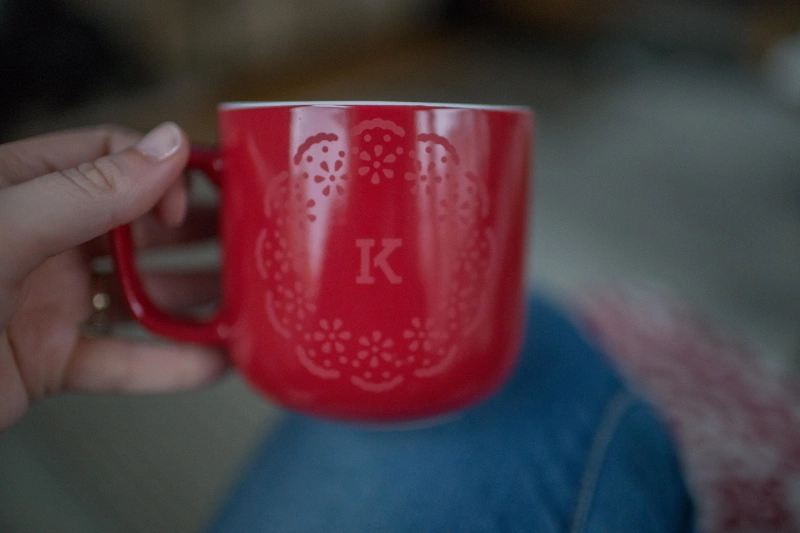
Etching involves using a special etching cream or solution to create a permanent design on the mug’s surface. Simply apply the etching cream to the mug, wait for it to set, then rinse it off to reveal your design. Etching creates a subtle, elegant effect and works well on glass or ceramic surfaces.
Choosing Your Design
Now that you’re familiar with the materials and techniques available, it’s time to choose a design for your custom mug. The possibilities are endless, but here are some ideas to get you started:
Personalized Monogram
Add a touch of sophistication to your mug with a personalized monogram featuring your initials or name. You can use stencils, decals, or hand-painting to create a custom monogram that reflects your style.
Inspirational Quote

Start your day on a positive note with a custom mug featuring your favorite inspirational quote or mantra. Whether it’s a motivational saying, a funny joke, or a heartfelt message, choose a quote that resonates with you and makes you smile.
Nature-Inspired Design
Bring the beauty of the outdoors indoors with a nature-inspired mug design. From delicate floral patterns to whimsical woodland creatures, let your imagination run wild and create a mug that celebrates the natural world.
Pop Culture Reference
Show off your love for your favorite movie, TV show, or band with a custom mug featuring a pop culture reference. Whether it’s a classic movie quote, a band logo, or a beloved cartoon character, pay homage to your fandom and let your geek flag fly.
Photo Collage

Turn your favorite memories into a work of art with a photo collage mug. Gather your favorite photos and arrange them into a collage using photo editing software, then print the collage onto transfer paper and apply it to the mug using heat transfer techniques.
Designing Your Mug
With your materials, techniques, and design chosen, it’s time to bring your custom mug to life. Follow these steps to design your mug:
Prepare Your Surface
Before you begin designing, make sure your mug’s surface is clean and free of any dust or residue. If you’re using a ceramic or porcelain mug, you may also need to roughen the surface slightly with sandpaper to help the paint or adhesive adhere better.
Sketch Your Design
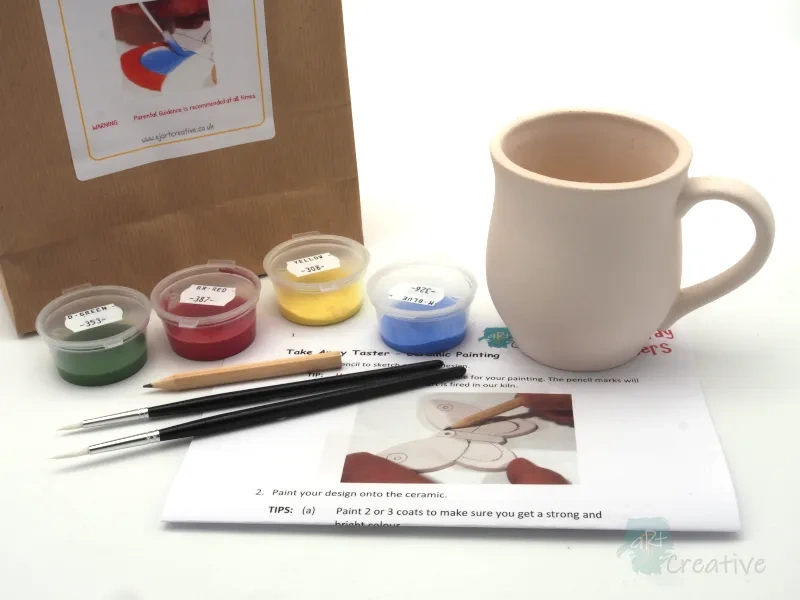
Use a pencil to sketch your design directly onto the mug’s surface. This will serve as a guide when you begin painting or applying your chosen design technique.
Apply Your Design
Depending on the technique you’ve chosen, start applying your design to the mug’s surface. If you’re hand-painting, use small brushes or sponges to carefully apply the paint, taking care not to smudge or smudge the design. If you’re using stencils or decals, carefully position them on the mug’s surface and press them down firmly to ensure a clean transfer.
Allow to Dry
Once you’ve completed your design, allow the mug to dry completely before proceeding to the next step. This will help prevent smudging or smearing and ensure that your design looks its best.
Seal and Protect
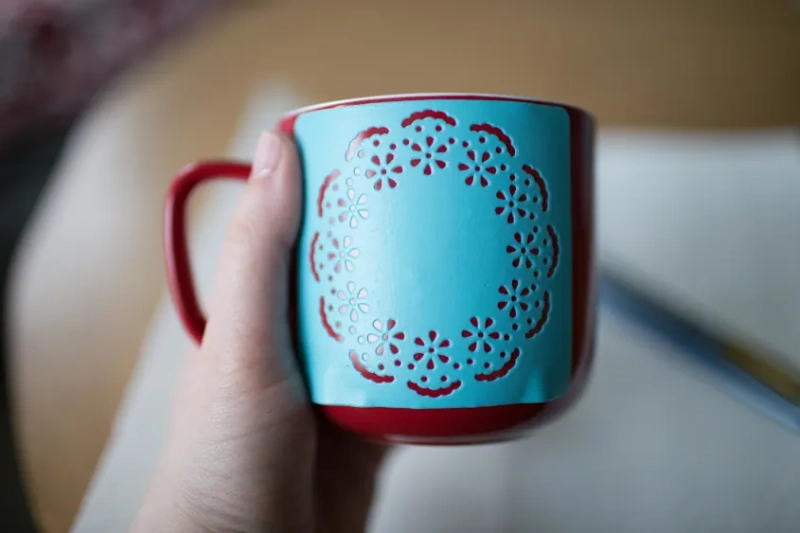
Once your design is dry, seal and protect it using a clear sealant or glaze. This will help protect your design from fading, chipping, or peeling and ensure that your custom mug looks great for years to come.
Cure Your Mug
If you’ve used paint or adhesive on your mug, it’s important to cure it properly to ensure durability and longevity. Follow the manufacturer’s instructions for curing, which may involve air-drying or baking the mug in a low-temperature oven.
Conclusion
Designing your own custom mug is a fun and rewarding way to add a personal touch to your kitchenware collection. Whether you’re a seasoned crafter or a first-time DIYer, there are endless possibilities for creating a mug that’s as unique as you are. By choosing the right materials, techniques, and design elements, you can create a custom mug that reflects your personality, style, and creativity. So, roll up your sleeves, unleash your imagination, and start designing your perfect mug today!


